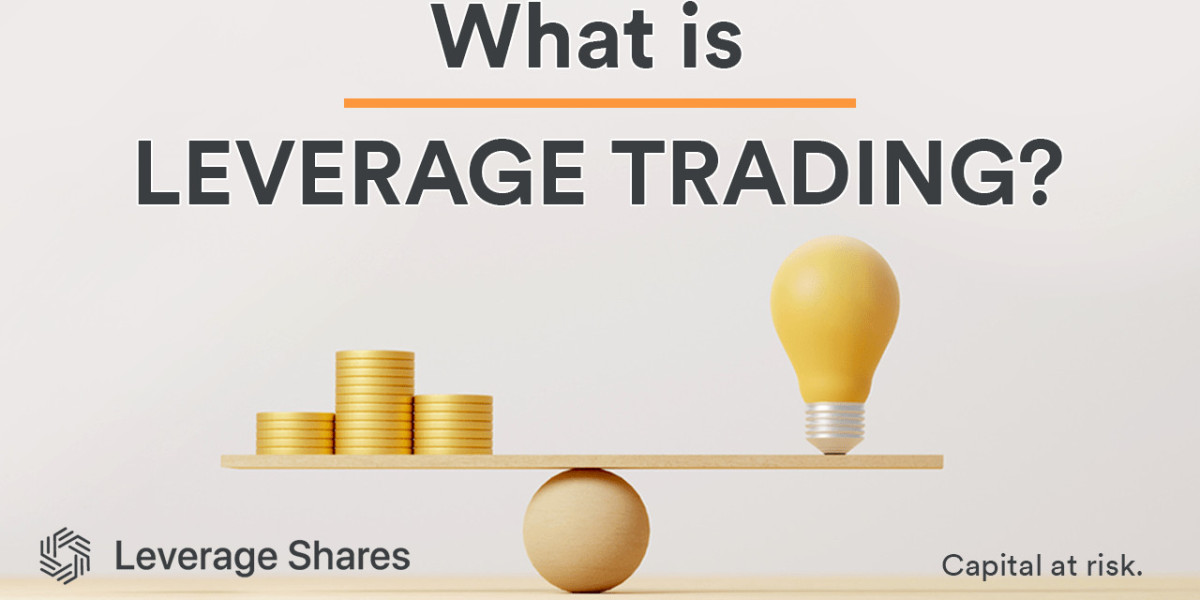Leverage in trading is a powerful tool that allows traders to control a larger position in the market with a relatively small amount of capital. Essentially, it involves borrowing funds from your broker to increase your trading position beyond what would be possible with your own capital alone.
Here's a detailed explanation of what is leverage in trading:
Amplifying Potential Gains and Losses: Leverage enables traders to amplify their potential gains. For instance, if you have $1,000 and use a leverage ratio of 1:100, you can control a position worth $100,000. If the market moves in your favor, your profits are significantly magnified. However, it’s important to note that leverage also amplifies potential losses. If the market moves against your position, losses can exceed your initial investment.
Leverage Ratios: Leverage is often expressed as a ratio, such as 1:10, 1:50, or 1:100. A leverage ratio of 1:10 means you can control $10 for every $1 of your own capital. Higher leverage ratios allow for greater market exposure but also increase the risk.
Margin Requirements: When you use leverage, you are required to maintain a margin, which is a portion of your own capital that acts as collateral for the leveraged position. The margin requirement varies depending on the broker and the leverage ratio used.
Risk Management: Understanding what is leverage in trading also involves recognizing the risks associated with it. Traders need to implement strict risk management strategies to protect their capital. This includes setting stop-loss orders, not over-leveraging, and being mindful of market volatility.
Regulatory Limits: Different markets and regulatory bodies have varying limits on the amount of leverage that can be offered. For example, in Forex trading, some jurisdictions may limit leverage to 1:30 for retail traders to protect them from excessive risk.
Example of Leverage in Action: Suppose you have $1,000 in your trading account and use a leverage ratio of 1:50. This allows you to control a $50,000 position in the Forex market. If the currency pair you’re trading moves in your favor by 1%, you would make a $500 profit (1% of $50,000), which is a 50% return on your initial $1,000. Conversely, if the market moves against you by 1%, you would lose $500, which is also a significant loss relative to your initial investment.
In summary, what is leverage in trading is the ability to control a larger market position with a smaller amount of capital through borrowing. While it can amplify potential gains, it also increases the risk of significant losses. Proper understanding and cautious use of leverage are essential for successful trading.









